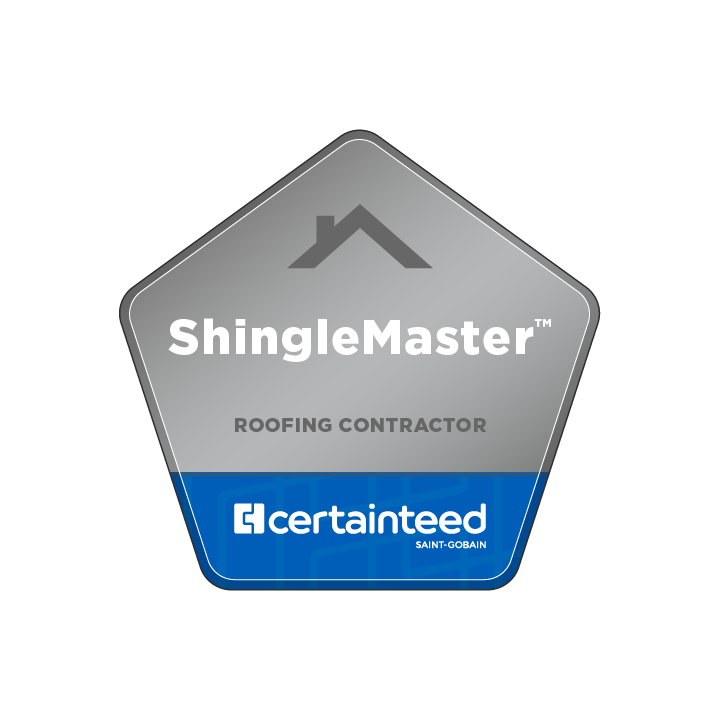55 West Street, Suite 201, Walpole, MA 02081
ICE DAM PREVENTION
- Ventilate Eaves And Ridge
A ridge vent paired with continuous soffit vents circulates cold air under the entire roof. Both ridge and soffit vents should have the same size openings and provide at least 1 square foot of opening for every 300 square feet of attic floor. Place baffles at the eaves to maintain a clear path for the airflow from the soffit vents.
- Cap the Hatch
An unsealed attic hatch or whole-house fan is a massive opening for heat to escape. Cover them with weatherstripped caps made from foil-faced foam board held together with aluminum tape.
- Exhaust to the Outside
Make sure that the ducts connected to the kitchen, bathroom, and dryer vents all lead outdoors through either the roof or walls, but never through the soffit.
- Add Insulation
More insulation on the attic floor keeps the heat where it belongs. To find how much insulation your insulation needs we would refer to our local/ state building code requirements.
- Install Sealed Can Lights
Old-style recessed lights give off great plumes of heat and can't be insulated without creating a fire hazard. Replace them with sealed "IC" fixtures, which can be covered with insulation.
- Flash Around Chimneys
Bridge the gap between chimney and house framing with L-shaped steel flashing held in place with unbroken beads of a fire-stop sealant. Using canned spray foam or insulation isn't fire safe.
- Seal and Insulate Ducts
Spread fiber-reinforced mastic on the joints of HVAC ducts and exhaust ducts. Cover them entirely with R-5 or R-6 foil-faced fiberglass.
- Caulk Penetrations
Seal around electrical cables and vent pipes with a fire-stop sealant. Also, look for any spots where light shines up from below or the insulation is stained black by the dirt from passing air.
BROWSE OUR WEBSITE

CONTACT INFORMATION
dd2961f6 dd2961f6
Locations:
55 West Street, Suite 201, Walpole, MA 02081
12 Knoll Top Rd, Sandwich , MA 02644
Phone:
Business Hours:
- Mon - Sun
- -
